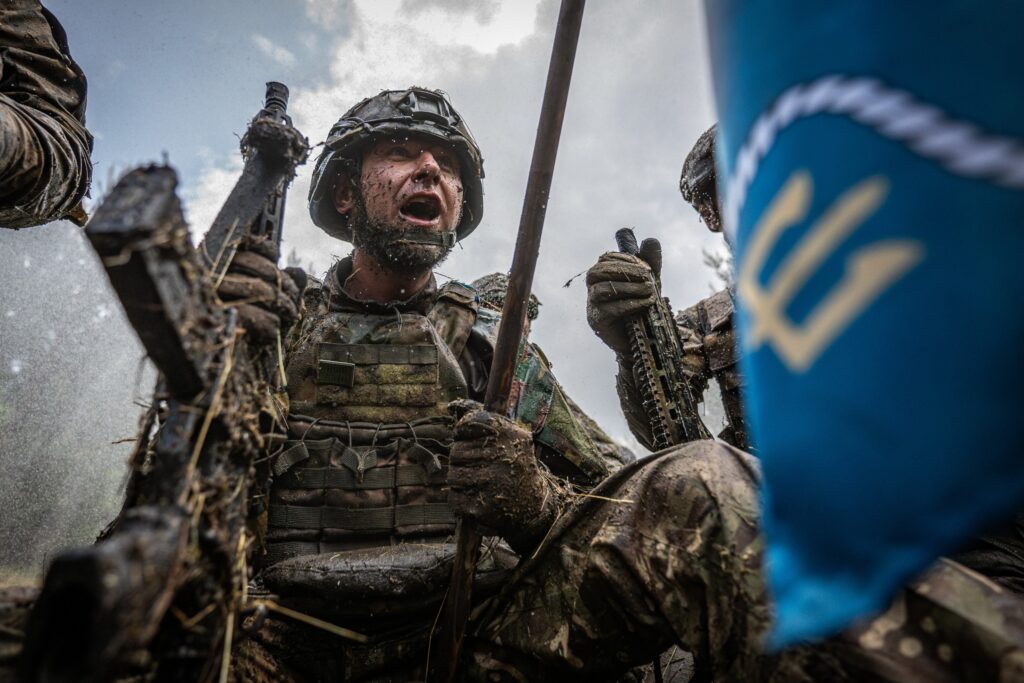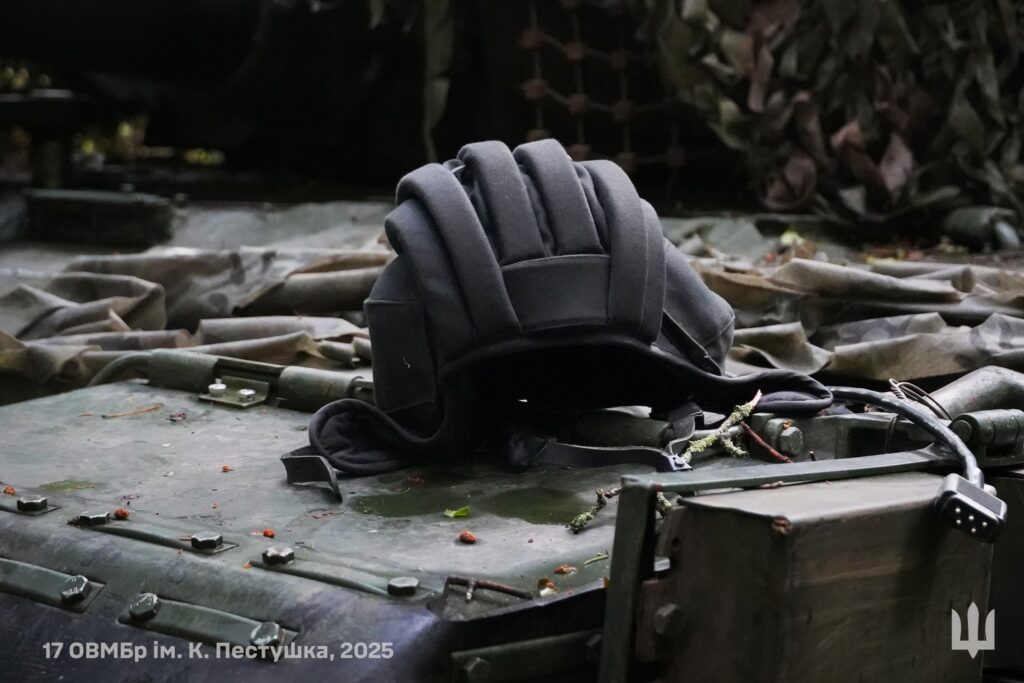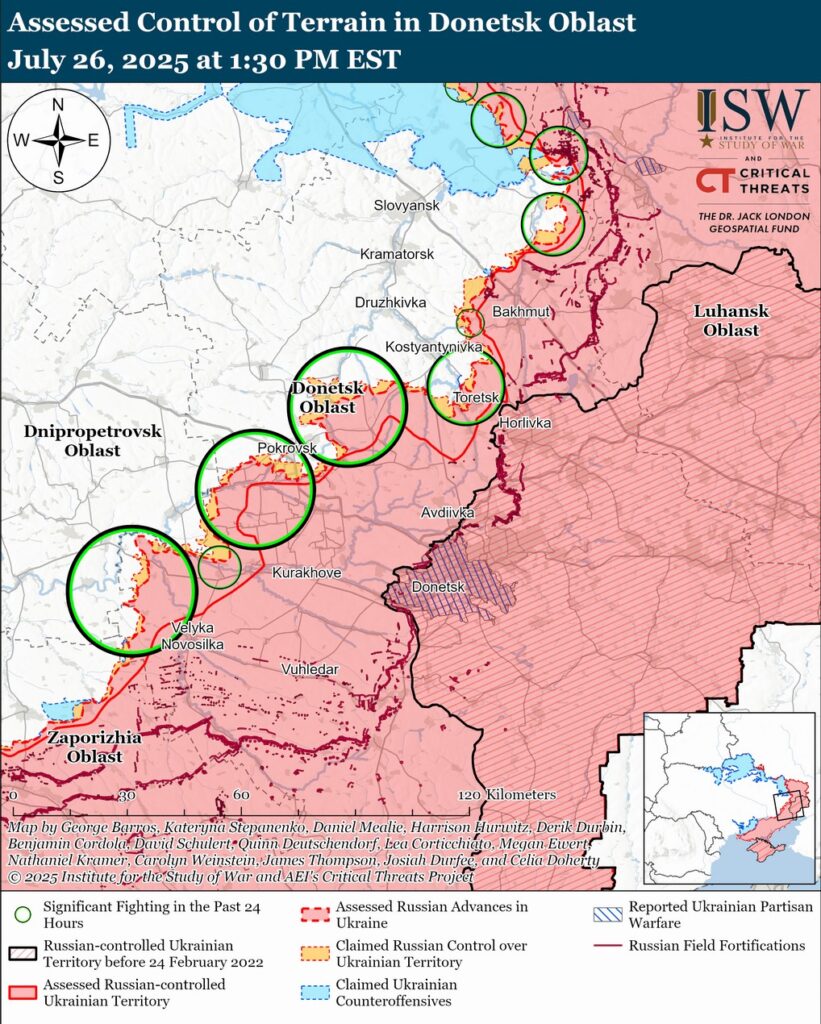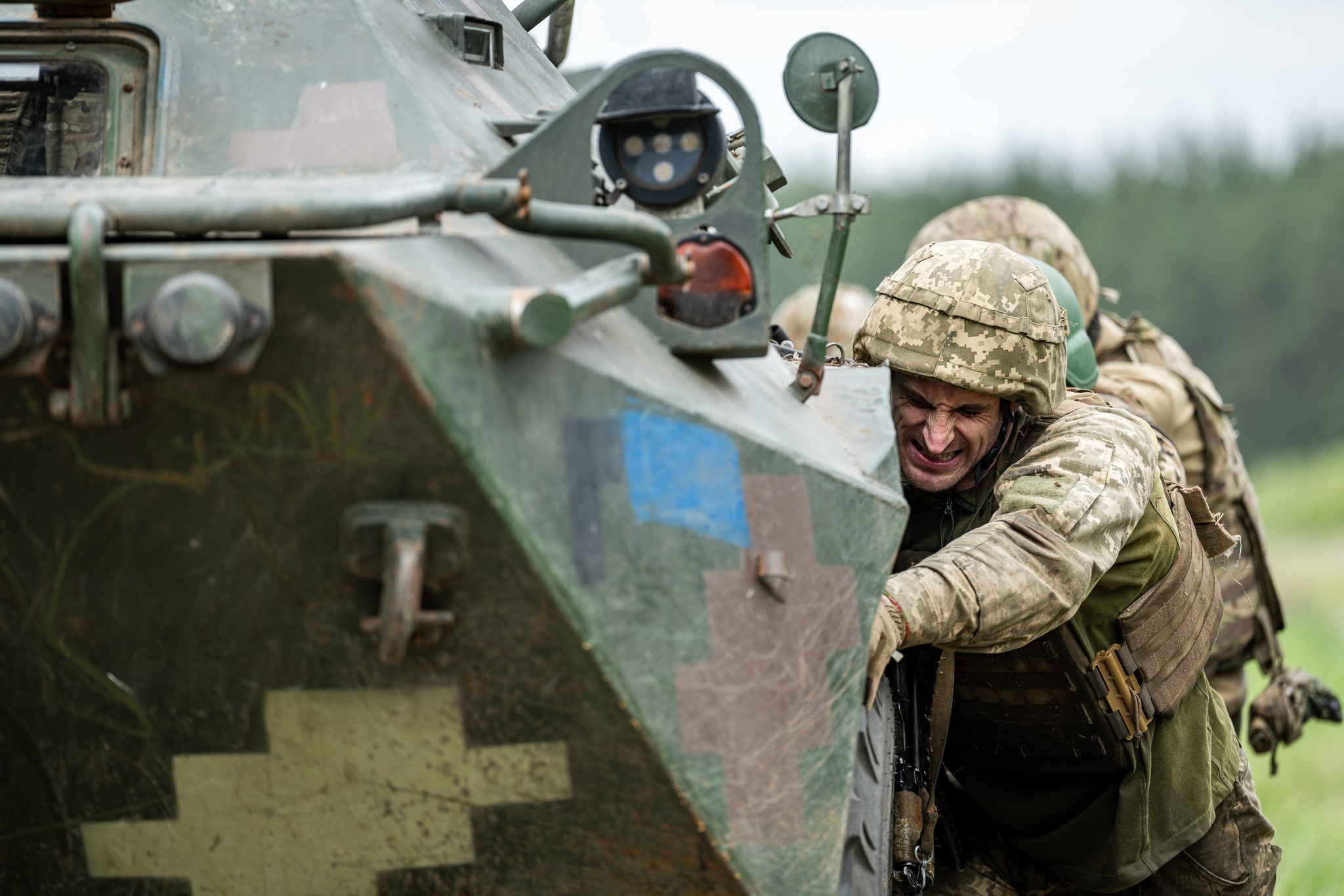Russian troops have made new advances on the front between Kostiantynivka and Pokrovsk in Donetsk Oblast, said Viktor Trehubov, spokesperson for Ukraine’s Khortytsia operational group, during a broadcast on Suspilne.
Pokrovsk is one of the main strongholds of Ukraine’s defense in Donetsk. For more than a year, Russian forces have been trying to capture the city because its loss would open the way for deeper advances, cut key supply routes, and expose Kostiantynivka and other Ukrainian-held towns to direct threat.
According to Trehubov, Russian units are now trying to bypass Pokrovsk from the east to put the city in a partial encirclement rather than storming it head‑on.
“There has been some movement on the Pokrovsk front — a partial penetration between Pokrovsk and Kostiantynivka. They are trying to expand this foothold, while our forces focus on inflicting maximum losses in manpower and equipment, slowing their advance and pushing them back,” Trehubov said.

Encirclement instead of direct assault
Russian forces, he said, are avoiding a direct assault and aiming instead to isolate Pokrovsk. Military analyst Yan Matveev explains that the Russian plan is to pin down Ukrainian units inside the city, sever their supply lines, and, if possible, surround and destroy them.
Two axes of fighting
Combat is currently active on two main fronts:
- The southwestern outskirts of Pokrovsk
- The northeast, around Rodynske, Suvorove and Nikanorivka
Small Russian infantry groups are also infiltrating through Zverevo and Pervomaiske. Their task is to slip into the outskirts, unsettle Ukrainian defenses from the rear, and prepare the ground for larger forces.
Supply lines under threat
At the same time, Russian units are attempting to seize Rodynske or bypass it from the north, which would allow them to cut Pokrovsk’s two main supply roads. Drones and ground attacks are being used to make these supply routes impassable while defenders are pinned down on the city’s edge.
“For Russian forces, synchronization is crucial,” Matveev said. “If supply lines remain intact, their losses will be heavy. If Ukrainian troops are free to maneuver, they can avoid encirclement.”

Broader concerns from analysts
Military analyst Kostyantyn Mashovets warns that the danger goes beyond Pokrovsk itself and reflects a broader weakening of Ukrainian positions along several stretches of the front.
“What worries me most now is the way the front is starting to give way in several areas, at least at the tactical level,” Mashovets wrote. “If the country’s military and political leadership keeps focusing on anything other than the war itself, the consequences could be extremely serious.”
Mashovets outlines a stark scenario if the situation does not change:
- Pokrovsk could fall before autumn.
- Kostiantynivka and Kupiansk could be at risk in the autumn.
- By the end of the year, Russian forces might reach the approaches to Zaporizhzhia, a major industrial city of roughly one million people, and once again threaten the Sloviansk–Kramatorsk agglomeration, which serves as the administrative and logistical hub for Ukrainian defenses in Donetsk.
He points to two factors driving these risks:
- Russia’s considerable — “multiple,” as he puts it — advantage in combat-ready infantry across several operational directions.
- The growing likelihood that Russia will move from voluntary recruitment to a system of forced mobilization. Mashovets warns that this shift is becoming more and more real and must be addressed as quickly as possible.
Ukraine’s difficult choices
The failure to hold the defensive line along the Kazennyi Torets River has left Pokrovsk more vulnerable. Analysts now see only two options:
- Withdraw from Pokrovsk (considered unlikely)
- Defend the city and its northern approaches at the same time, holding out as long as possible and counterattacking if reserves are available.
“If Syrskyi — who commands Ukraine’s Armed Forces — has mechanized reserves,” Matveev adds, “this is the time to use them.”

What lies ahead
Without a major counteroffensive to clear its flanks, Pokrovsk could eventually fall. Whether that happens within weeks or the city holds out for several more months hangs in the balance.
Matveev identifies the Poltavka – Nova Poltavka – Vozdvyzhenka axis as the most promising route for a Ukrainian counterattack. Such an operation might sever the Russian salient, alleviate pressure on Kostiantynivka, and restore supply access along the T‑0504 highway.

Pokrovsk also marks the southernmost point of Ukraine’s “fortress belt” in Donetsk Oblast—a chain of fortified cities that stretches north through Sloviansk, Kramatorsk, Druzhkivka, and Kostiantynivka. Its loss would weaken defenses along the entire belt and allow Russian forces a strong foothold for further operations north and west.
Whether Ukraine has the manpower, mechanized reserves, and strategic support to mount a counterattack along that axis—and to hold the fortress belt—remains a critical question in the weeks ahead.




